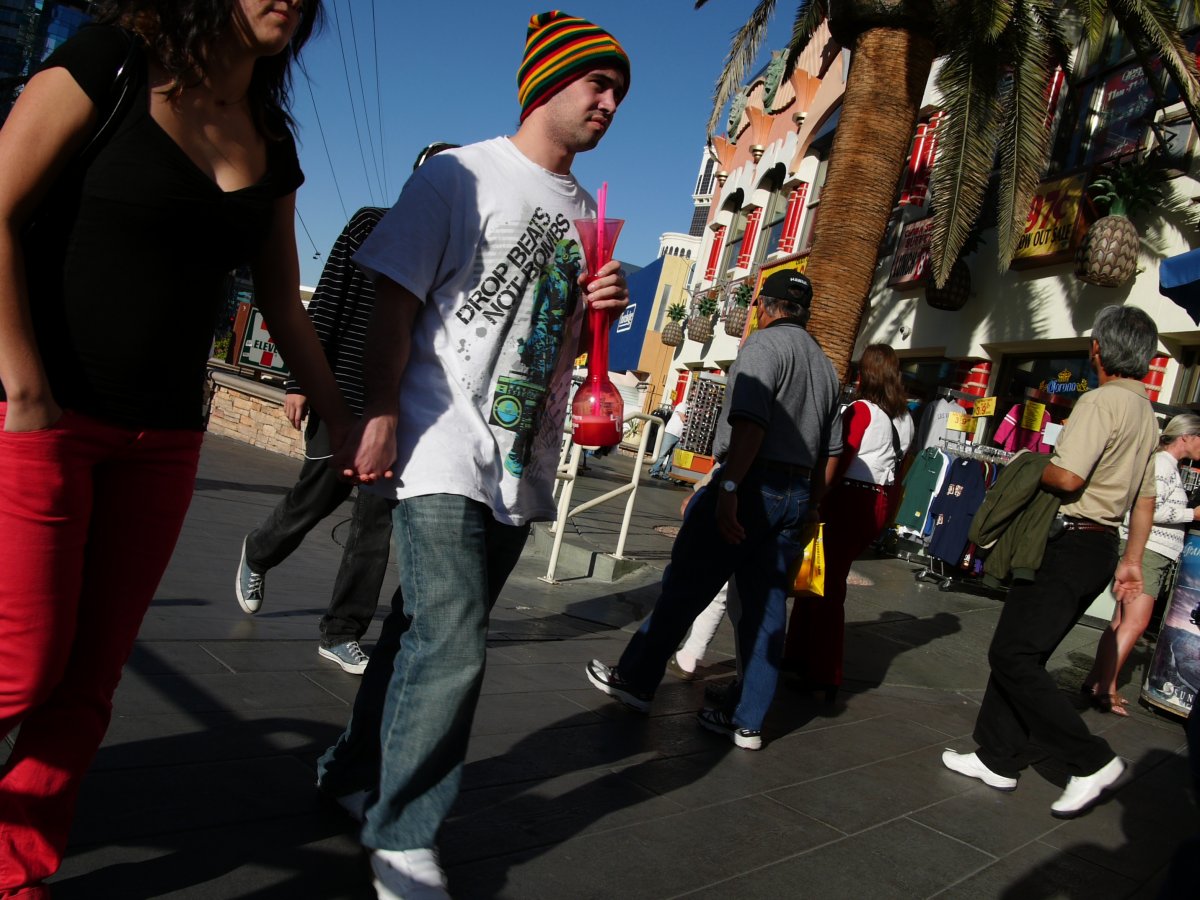
In an attempt to bring tourists and young people back to aging downtown districts, many cities have legalized outdoor drinking — and it has been somewhat successful in revitalizing those areas, according to an article from The Pew Charitable Trusts.
In 2016, cities in Mississippi and Ohio legalized “outdoor refreshment areas,” zones where patrons can carry drinks in the street, often in plastic containers rather than cans or glass bottles.
The new wave of cities follows similar laws passed in Nashville; Lincoln, Nebraska; and Mobile, Alabama, in recent years in an effort to draw in millennials and boomers to turn around lagging downtown districts.
Most of these refreshment areas cover a pre-defined zone with police patrolling the borders to keep alcohol, and the rowdy behavior that sometimes accompanies it, from spreading into other areas of the city.
The move seems to be a success in Canton, Ohio, which opened its public drinking zone this year. After the measure went into effect, the city saw downtown crowds peak at 10,000 people in June, an increase of 3,000 people over 2015’s busiest weekend.
The Canton program charges bar customers an extra $1 to get a drink “to go” in order to pay for the extra police patrolling the district, and bar employees are responsible for picking up the cups littering the streets after the night is through.
Still, public drinking is not without its risks. Mobile had two shootings within its public drinking district last year, causing city councilors to put a midnight curfew on public drinking, two hours before area bars close.
Mobile bar owners say the economic benefits of the public drinking zone far outweigh the handful of troubling incidents since the law passed.
Since the law went into effect, 15 new bars and restaurants opened in the area, with another four on the way over the next few months.
“People know that they can come downtown and sit outside and enjoy a drink, and walk to the movies or walk to shows,” said Downtown Mobile Alliance spokeswoman Carol Hunter. “That really does help cement downtown Mobile as a place to go.”



